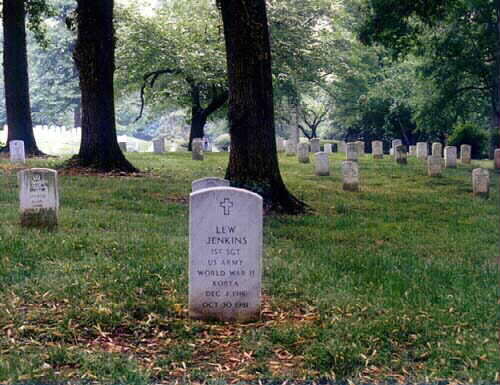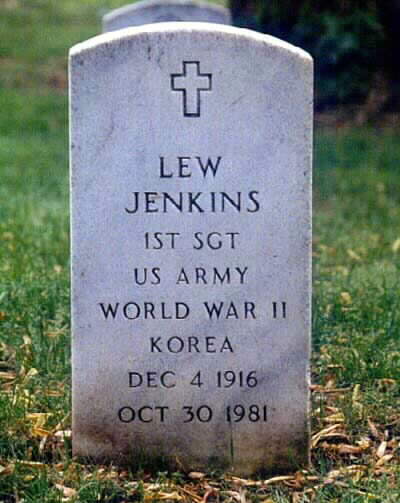Lew Jenkins
A HARD-HITTING lightweight from the Lone Star State, Lew Jenkins fought the best of two divisions (lightweight and welterweight) during boxing’s Golden Age.
Jenkins, born in Milburn Texas, spent the early portion of his career fighting in Dallas. In 1939, he began fighting regularly on Long Island and in New York City. His first-round stoppage of Tippy Larkin on March 8, 1940, led to a shot against lightweight champ Lou Ambers. Jenkins put his power to good use as he knocked out Ambers in the third round to capture the crown on May 10, 1940. Of Jenkins’ 65 victories, 47 came by knockout.
Jenkins successfully defended his crown with a second-round knockout of Pete Lello before losing the title via 15-round decision to fellow hall-of-famer Sammy Angott on December 19, 1941. However, during his reign, Jenkins fought three non-title bouts against welterweight champions Henry Armstrong, Fritzie Zivic and Freddie “Red” Cochrane. Each fight was billed as a “Non-Title Bout Between Two Champions.” Jenkins was stopped in six rounds by Armstrong, drew in 10 rounds with Zivic and dropped a 10-round decision to Cochrane.
Among the other notable opponents Jenkins met are Marty Servo, Jimmy Doyle, Carmen Basilio and Beau Jack. Jenkins served in the U.S. Coast Guard during World War II and retired from boxing after getting knocked out by Jack in 1950.
Lew “Sweetwater Slinger” Jenkins
Birth: December 4, 1916 At Milburn, Texas
Death: Oakland, California
Welterweight boxer. A hard-hitter from Milburn, Texas, Jenkins fought the best of two divisions (lightweight and welterweight) during the ‘Golden Age’ of boxing. After fighting in hometown Milburn and Dallas, Jenkins moved on to Long Island and New York City. His first-round stoppage of Tippy Larkin on March 8, 1940, led to a shot against lightweight champ Lou Ambers. Jenkins put his power to good use as he knocked out Ambers in the third round to capture the crown on May 10, 1940. Of Jenkins’ 65 victories, 47 came by knockout. Jenkins successfully defended his crown with a second-round knockout of Pete Lello before losing the title via 15-round decision to fellow hall-of-famer Sammy Angott on December 19, 1941. However, during his reign, Jenkins fought three non-title bouts against welterweight champions
Henry Armstrong, Fritzie Zivic and Freddie “Red” Cochrane. Each fight was billed as a “Non-Title Bout Between Two Champions.” Jenkins was stopped in six rounds by Armstrong, drew in 10 rounds with Zivic and dropped a 10-round decision to Cochrane.
Among the other notable opponents Jenkins met are Marty Servo, Jimmy Doyle, Carmen Basilio and Beau Jack. Jenkins served in the U.S. Army during World War II and in Korea and retired from boxing after getting knocked out by Jack in 1950.
Burial: Arlington National Cemetery
Real Name: Verlin E Jenkins
Born: December 4, 1916 Milburn, Texas
Died: October 30, 1981 Oakland, California
Manager: Hymie Caplin
Professional Record: 65-39-5 (47 Kayos)
I noticed your rememberance of Lew Jenkins who served in the Korean War while serving with the Second Infantry Division. It does not state that this old soldier was awarded the Silver Star Medal while serving in the Korean War. I served in the Second Infantry Division and know that he was awarded the Silver Star.
Regards, Art Lajeunesse
Michael Robert Patterson was born in Arlington and is the son of a former officer of the US Army. So it was no wonder that sooner or later his interests drew him to American history and especially to American military history. Many of his articles can be found on renowned portals like the New York Times, Washingtonpost or Wikipedia.
Reviewed by: Michael Howard


